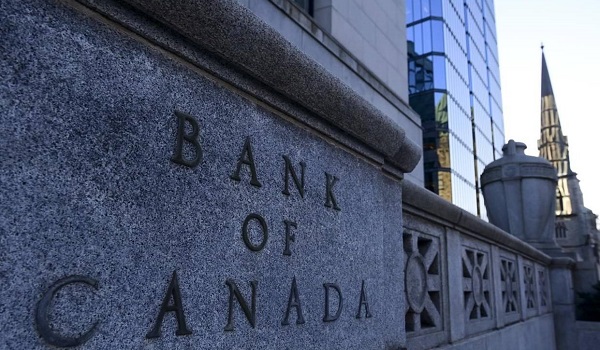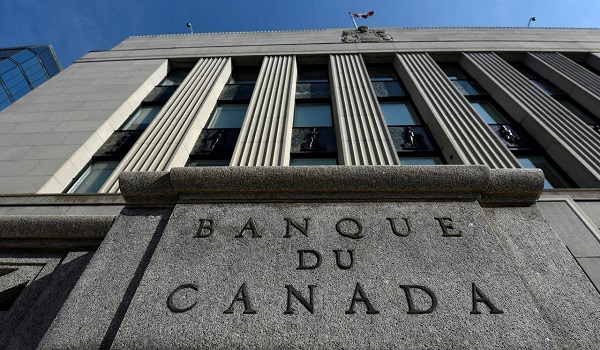Signs of fading inflation are price cuts and discounts
After the worst inflation in four decades, Canadians are experiencing something that has been exceptionally rare in recent years: price cuts.
In April, around one-third of the goods and services that make up the Consumer Price Index – the country’s main gauge of inflation – dropped in price on a year-over-year basis, according to a Desjardins Securities analysis of Statistics Canada data. It was the highest proportion of declining prices since January, 2021.

This doesn’t mean prices are heading back to where they were before the inflation surge. The Bank of Canada targets a low and stable inflation rate of 2 per cent and it expects to hit that mark next year. At last count, the annual inflation rate was 2.7 per cent.
But while general prices are rising at a slower rate, the situation is more volatile for specific items. The CPI includes hundreds of goods and services and their prices can fluctuate for all sorts of reasons.
For instance, the price of fresh produce can be driven higher by adverse weather in other countries, then fall back as growing conditions improve. Other products such as consumer electronics have become persistently cheaper over time, thanks to factors including technological advances and offshore manufacturing.
Recently, a major driver of slower inflation has been higher interest rates, which have led to weaker spending by consumers. Some retailers are marking down items or can’t pass on higher costs to the same degree because of the slowdown in demand.
While prices are mostly higher than they were five years ago, consumers have recently found savings in some areas, including fresh fruit, appliances and car rentals. Here’s a deeper look at where price cuts are happening and why.
Fresh fruit
One-year price change: down 4.4 per cent
Five-year price change: up 16.5 per cent
Grocery prices are finally moderating after a massive run-up. The year-over-year price increase for groceries hit 1.4 per cent in April, after peaking at roughly 11 per cent in late 2021 and early 2022. Fresh fruit is one of several food groups in which prices are slipping. Over the past year, there have been declines for apples (5.1 per cent), oranges (12.4 per cent) and bananas (1 per cent). Better weather and yields are helping with prices, and shipping costs aren’t nearly as expensive as they were in 2021 and 2022.
Michael von Massow, a professor of food economics at the University of Guelph, said many of the recent contributors to higher food prices – such as drought and the spike in commodity costs following Russia’s invasion of Ukraine – have settled down. “Those big impacts that we saw the last couple of years have been mitigated to a degree,” he said.
Cellular services
One-year price change: down 26.6 per cent
Five-year price change: down 49.5 per cent
Cellular service prices are something of an anomaly. Not only are they down sharply from a year ago, but the trend has been going on for years. Telecom firms are competing hard for subscribers, and that means plenty of promotional offers. Statscan tracks the advertised price of wireless plans rather than what people actually spend on them. The agency is basically tracking the price you could get in the market. Put another way, if Canadians want to save money on their monthly bills, they may need to negotiate with their providers or switch carriers.
Clothing
One-year price change: down 3.6 per cent
Five-year price change: down 5.9 per cent
Clothing is one of those rare categories where prices have been consistently falling over time, even during the pandemic. Not only are clothing prices down 3.6 per cent from a year ago, but they are down 16.6 per cent from 20 years ago in nominal terms. The rise of fast-fashion brands, which overwhelmingly produce their goods in low-wage overseas markets, has contributed to the decline. And as clothing has become cheaper, it’s also become more disposable. In her 2019 book Fashionopolis: The Price of Fast Fashion and the Future of Clothes, author Dana Thomas noted that Americans were buying five times more clothing than they were in 1980.
Car rentals
One-year price change: down 19.1 per cent
Five-year price change: up 12.5 per cent
The rental car industry – and the automotive sector at large – has gone through a tumultuous period. When the pandemic hit, rental car agencies sold a large portion of their vehicles because so few people were travelling. But it’s been tough to rebuild their fleets. Auto production was hammered by a semi-conductor shortage and other supply disruptions, which led to much higher vehicle rental costs, along with higher prices for buyers. As those issues have faded, so, too, have rental prices, which are down by nearly one-fifth over the past year.
Household appliances
One-year price change: down 2.5 per cent
Five-year price change: up 13.2 per cent
Broadly speaking, durable goods – products that last for months or years and don’t need to be purchased frequently – have been falling in price for decades. For example, household appliances dropped 14 per cent in price over the 20 years ending in April, 2019. But this trend was altered by the pandemic. Supply issues, combined with fervent demand from consumers, led to much higher prices. Now, we’re back in a period of weakness. Higher interest rates have clobbered the real estate market so people aren’t buying as many appliances or furniture for new homes. And as pandemic health restrictions eased, people ramped up their spending on services and experiences over household appliances. Per capita spending on goods has fallen for 10 consecutive quarters.
This article was first reported by Then Globe and Mail










